The ATS is home to a number of red snapper species, but three are particularly important to commercial, artisanal and recreational fisheries in the region: saddletail snapper (Lutjanus malabaricus), crimson snapper (Lutjanus erythropterus) and red emperor (Lutjanus sebae). To ensure the sustainability of these species, effective management of fisheries is vital.

In Timor-Leste, coastal fisheries play an important role, supporting both basic food security and livelihoods linked to seafood supply chains. As part of the initiative to recover and sustain Timor-Leste’s fisheries sector, Melbourne-based Fishwell Consulting and Bali-based Starling Resources have been commissioned by ATSEA-2 to develop an Ecosystem Approaches to Fishery Management (EAFM) plan for red snapper in the ATS region.
On 25 January 2022, the ATSEA-2 Project organised a validation workshop for the developed EAFM plan with the Ministry of Agriculture and Fisheries (MAF) at the UNDP offices in Timor-Leste. The plan was presented by Fishwell Consulting, which was earlier recruited to undertake a stock assessment and value chain assessment of the red snapper fisheries on the south coast of Timor-Leste and subsequently come up with an EAFM plan for their effective management.
The plan outlines a set of management measures that, when effectively implemented, will see red snapper fisheries sustainably managed in four municipalities in Timor-Leste, namely Viqueque, Manatuto, Manufahi and Lautem. This will ultimately lead to improved economic viability and community livelihoods, as well as food and nutrition security.
MAF Director General, Mr Celestino da Cunha Barreto, National Director of Fisheries, expressed his gratitude to the ATSEA-2 Project team for delivering a number of key project activities, including the EAFM plan, and re-affirmed the Ministry’s commitment towards the effective implementation of activities designed to ensure sustainability of marine resources in Timor-Leste. He conveyed his appreciation for the work conducted and delivered, in the form of the EAFM plan by Fishwell, and promised to provide additional support to the ATSEA-2 team and UNDP, especially in terms of synergising data reported in the stock and value chain assessment report.
Timor-Leste has a unique opportunity to develop the sustainability of its red snapper fisheries for the benefit of coastal communities. The Timor Sea ecosystem is productive and stocks remain in good condition, while fishing pressure is relatively low and red snapper is a highly sought-after commodity. If small-scale fisheries are protected in the coastal zone, habitats are protected and equitable access is ensured, then the red snapper fisheries can continue to contribute to livelihood development and to ongoing food security. The EAFM plan developed by ATSEA-2 and Fishwell combines ecological and human wellbeing with good governance, thereby offering a blueprint for a greener future.
ATSEA-2 is the second phase of the Arafura & Timor Seas Ecosystem Action (ATSEA) Programme; a regional partnership involving the governments of Indonesia, Timor-Leste and Papua New Guinea, with the support of the Australian Government. Its objective is to collectively manage high marine and fisheries resources in the Arafura and Timor Seas (ATS) region. Since its inception in 2019, the programme has been working to promote sustainable development in the ATS region and improve the quality of life of its inhabitants through a combination of restoration, conservation and sustainable management of marine-coastal ecosystems. The ATS is an area of high productivity in the region and ATSEA-2 is committed to safeguarding the livelihoods and prosperity of coastal people, particularly in its transboundary areas, through the implementation of sustainable integrated concepts.
(by Bernardo de Jesus Pereira Belo & Mushabe Norman)


